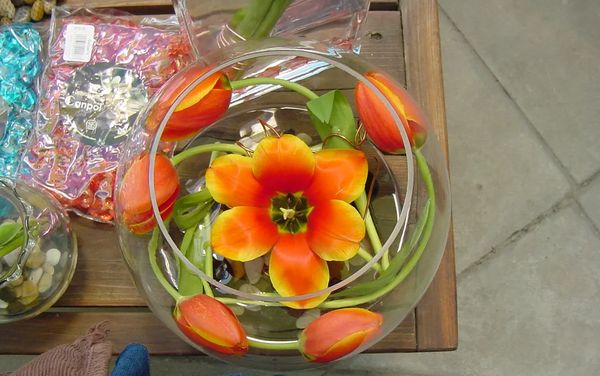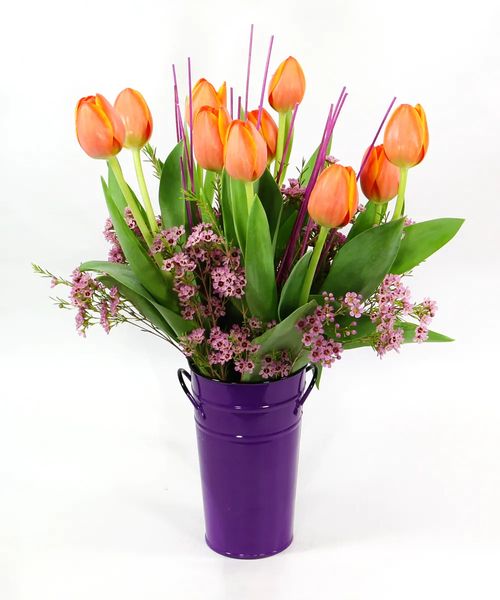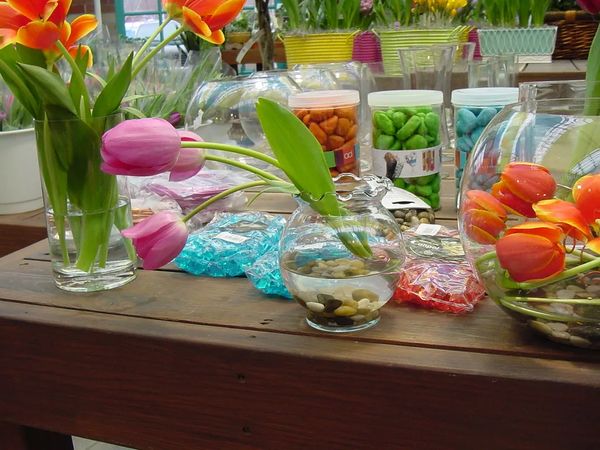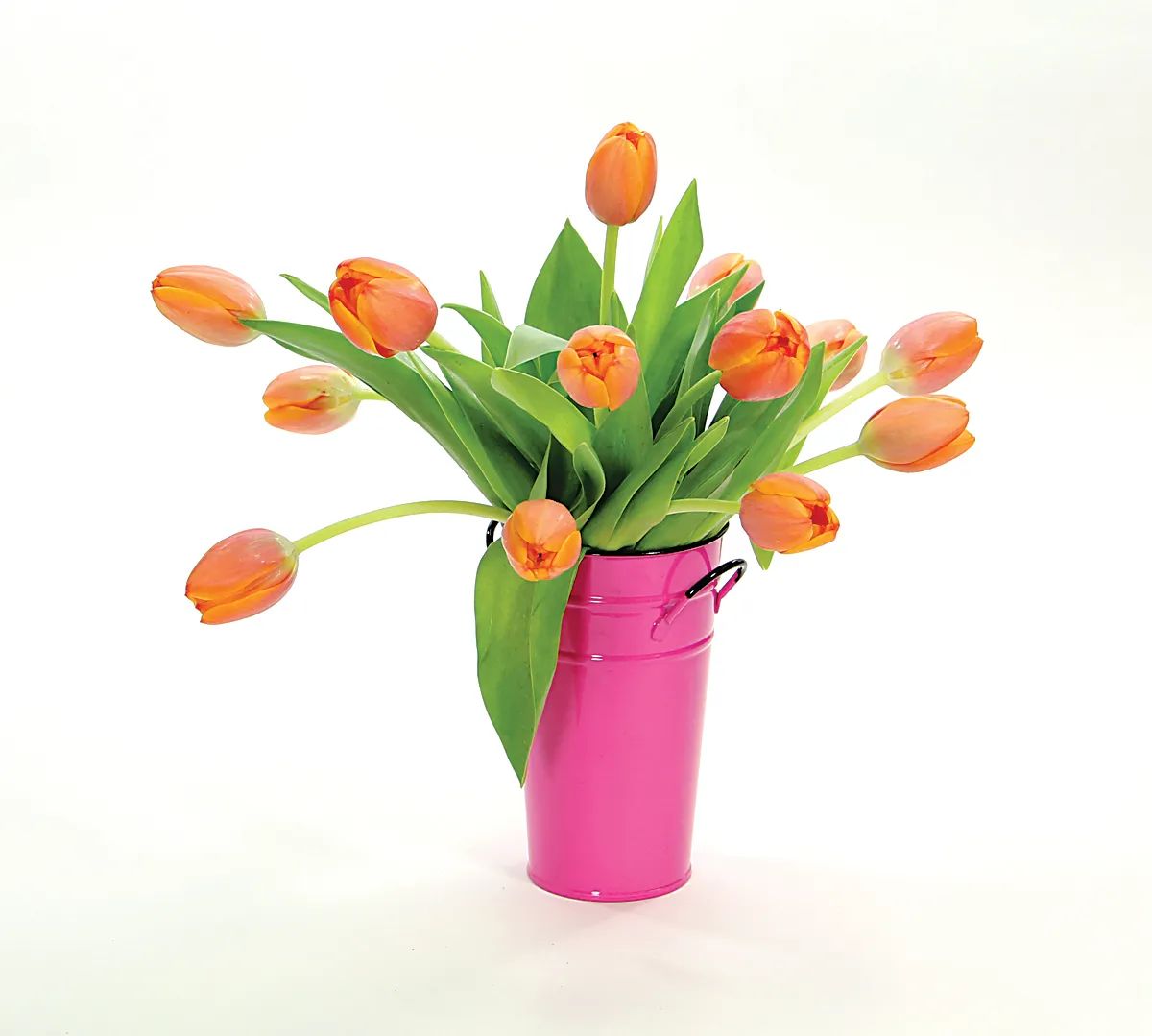.jpg?fit=outside&w=1600&h=1003)
brighten up dreary winter days
Give yourself some Tulips
In these cold and gray days of winter, tulips offer us a first glimpse of spring. Brightening your home with tulips is effortless.
Tuck a few tulips into a small vase and put it in a place you go often -- on your bathroom counter, the corner of your kitchen sink or nightstand. A single tulip in a little vase can be as pretty as a large arrangement.
.jpg?fit=outside&w=1000&h=1200)
It's best to purchase or clip tulips when the buds are still closed. They will last longer and you get the added pleasure of watching them open. Tulips are dynamic and cut flowers will continue to elongate in the vase. Kids will enjoy watching them "grow”.
Once you get the tulips home, fill your vase with water, cut the stems with a pair of sharp scissors or pruning shears and immediately place them in the vase. Better yet, cut the tulips under water. This prevents air bubbles from blocking water trying to flow up the stem and will increase their longevity.
.jpg?fit=outside&w=1024&h=768)
Tulips come in a wide variety of colors, from the truest white to all shades of yellow, orange, pink and red to the deepest purple nearing black. Almost 4,000 varieties have been developed. In the language of flowers, the tulip means "perfect love." Specific colors, however, can have other meanings:
MEANING BEHIND THE COLOR OF TULIPS
Pink: caring
Purple: royalty
Red: declaration of love
White: forgiveness or worthiness
Yellow: hopelessly in love/cheerful thoughts
Variegated tulips: beautiful eyes

Did you know:
Tulips are a member of the lily family. They originated from the northern temperate regions of the Old World stretching from the Mediterranean to Japan, but were most abundant on the steppes of Central Asia. The Viennese ambassador to Turkey introduced the Western world to tulips when he sent some seeds home to Austria.
The European tulip industry began with the arrival of a shipment of tulip bulbs from Constantinople (now Istanbul) at Antwerp in 1562. Tulip Mania consumed the Netherlands in the 17th century. Single bulbs sometimes brought several thousand dollars until the government was forced to intervene. Today, the Netherlands is still the center of tulip culture.









